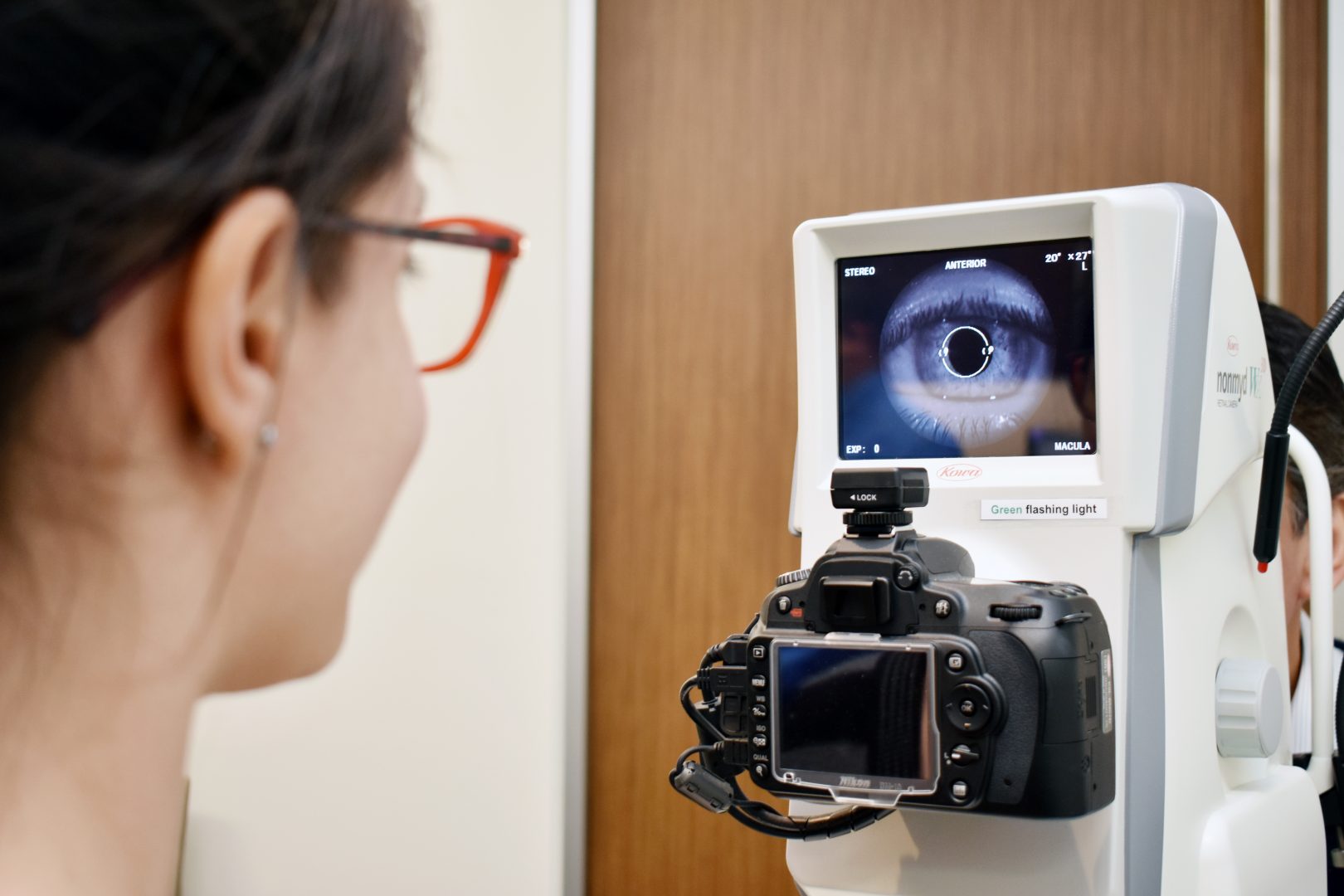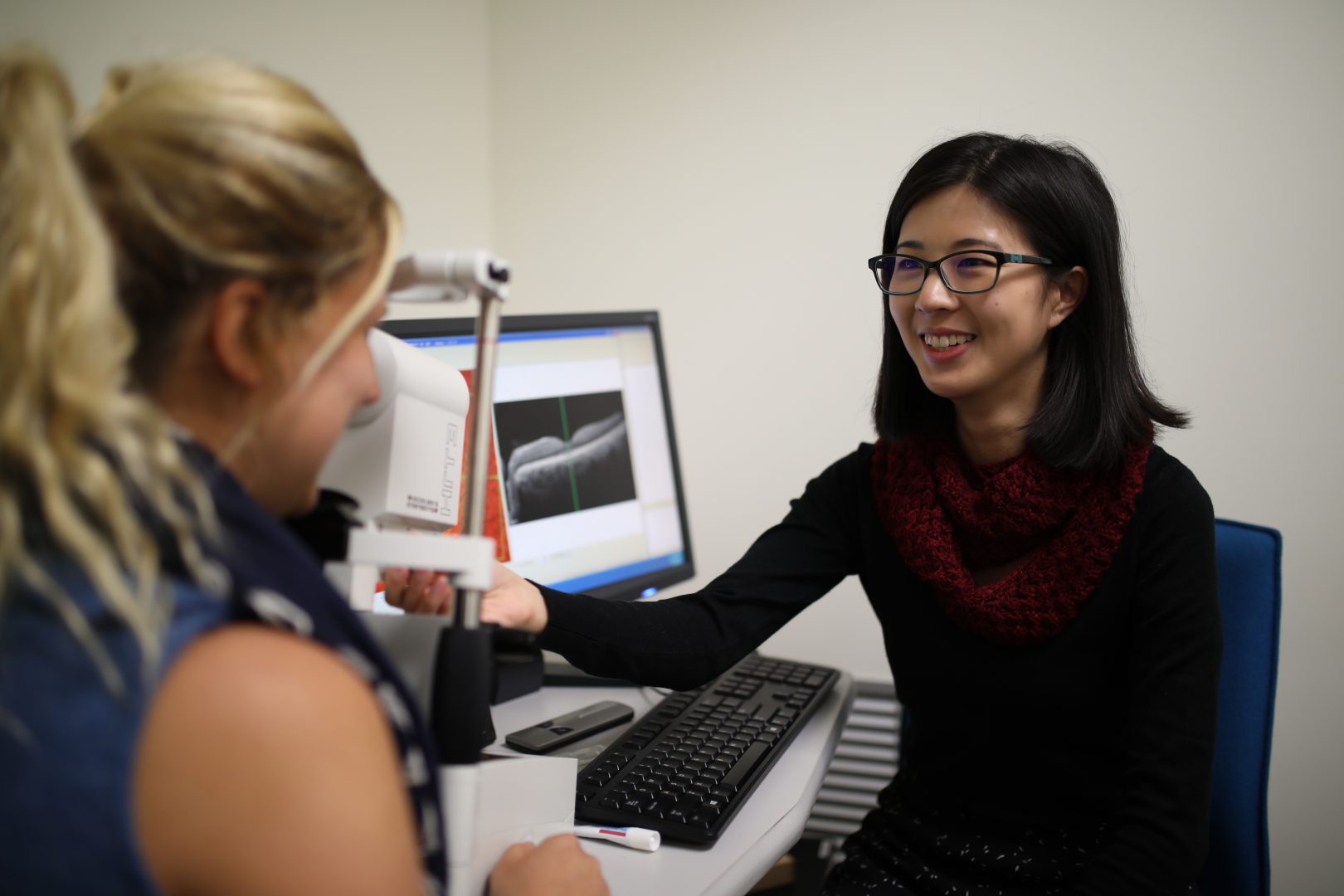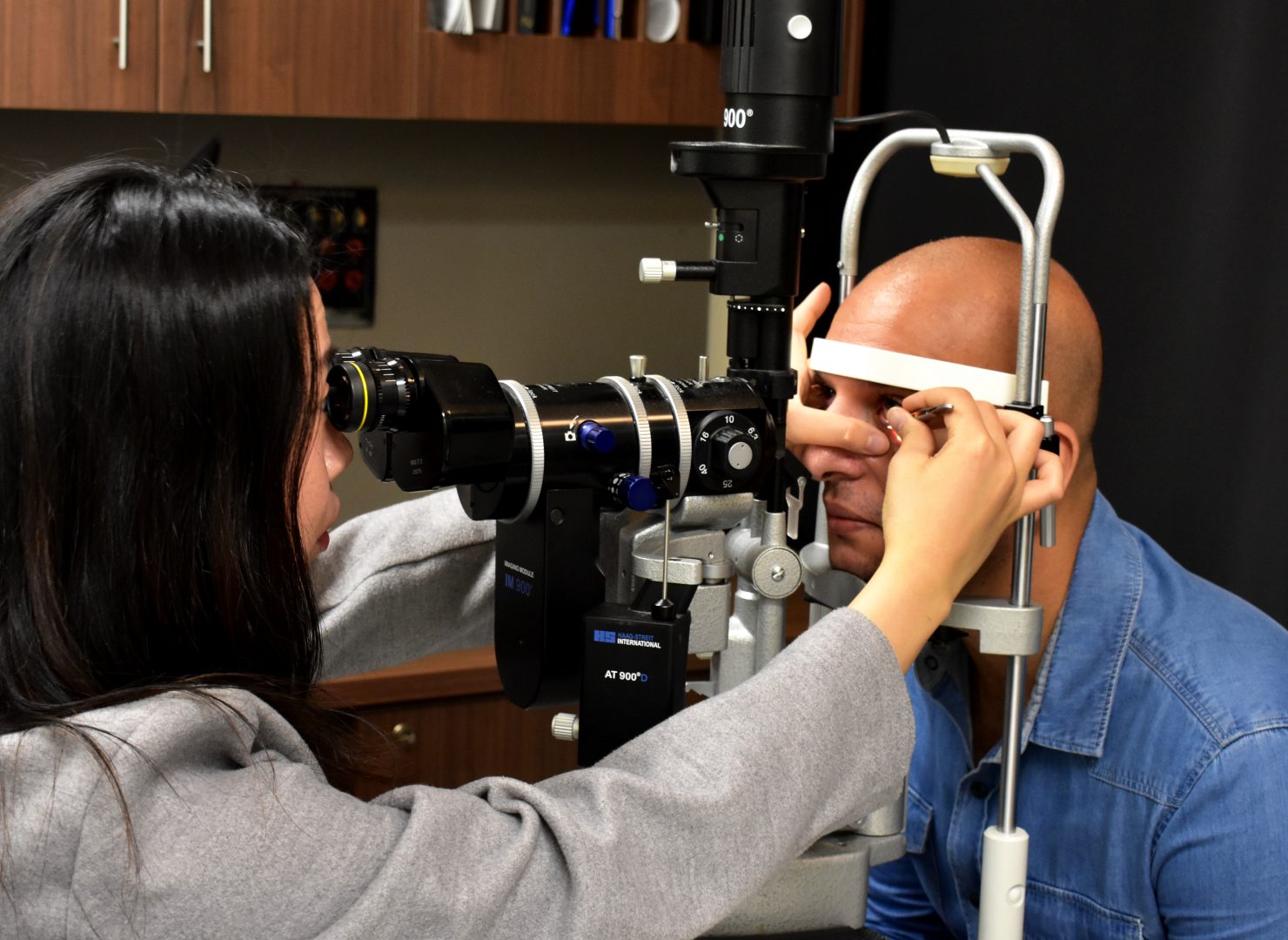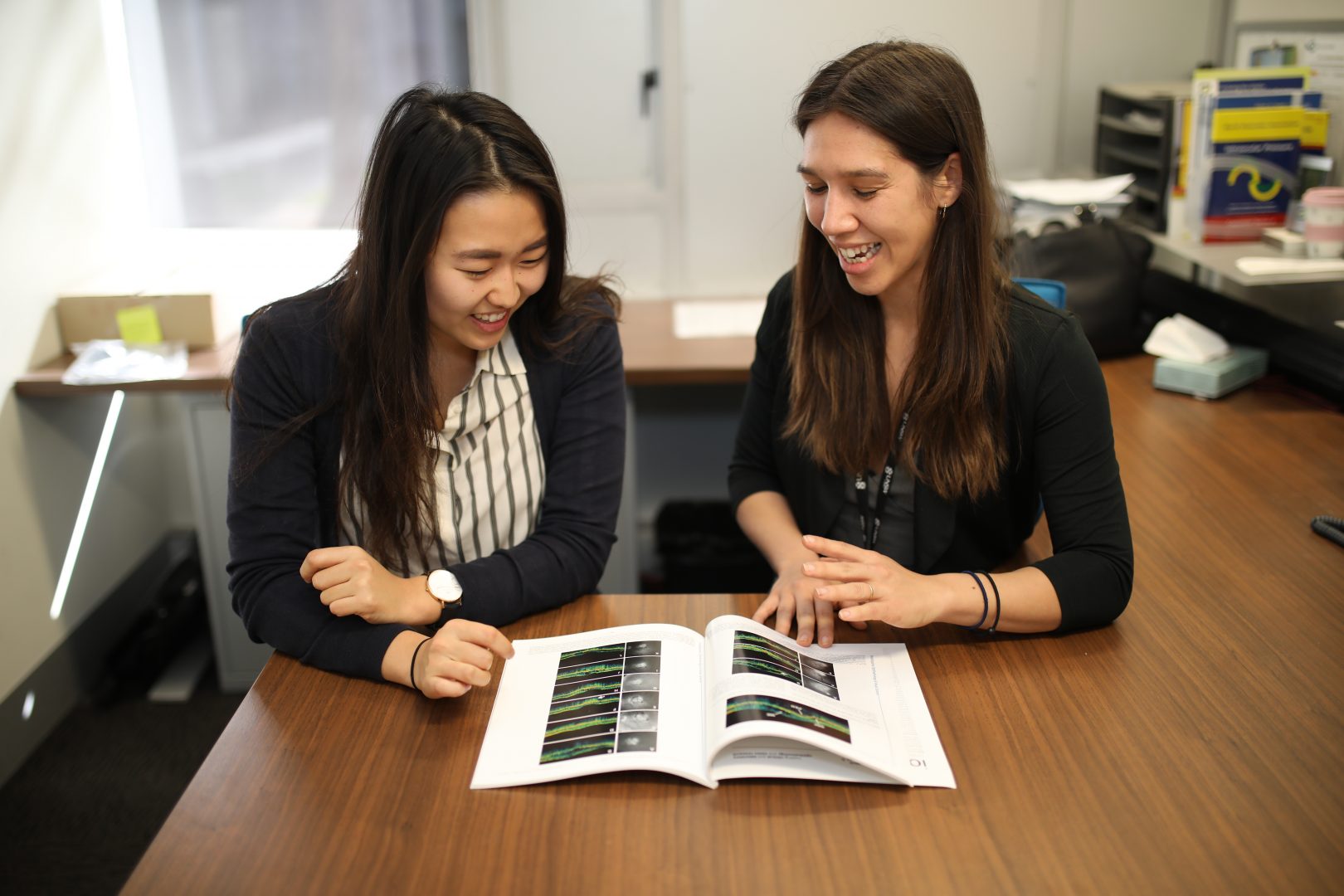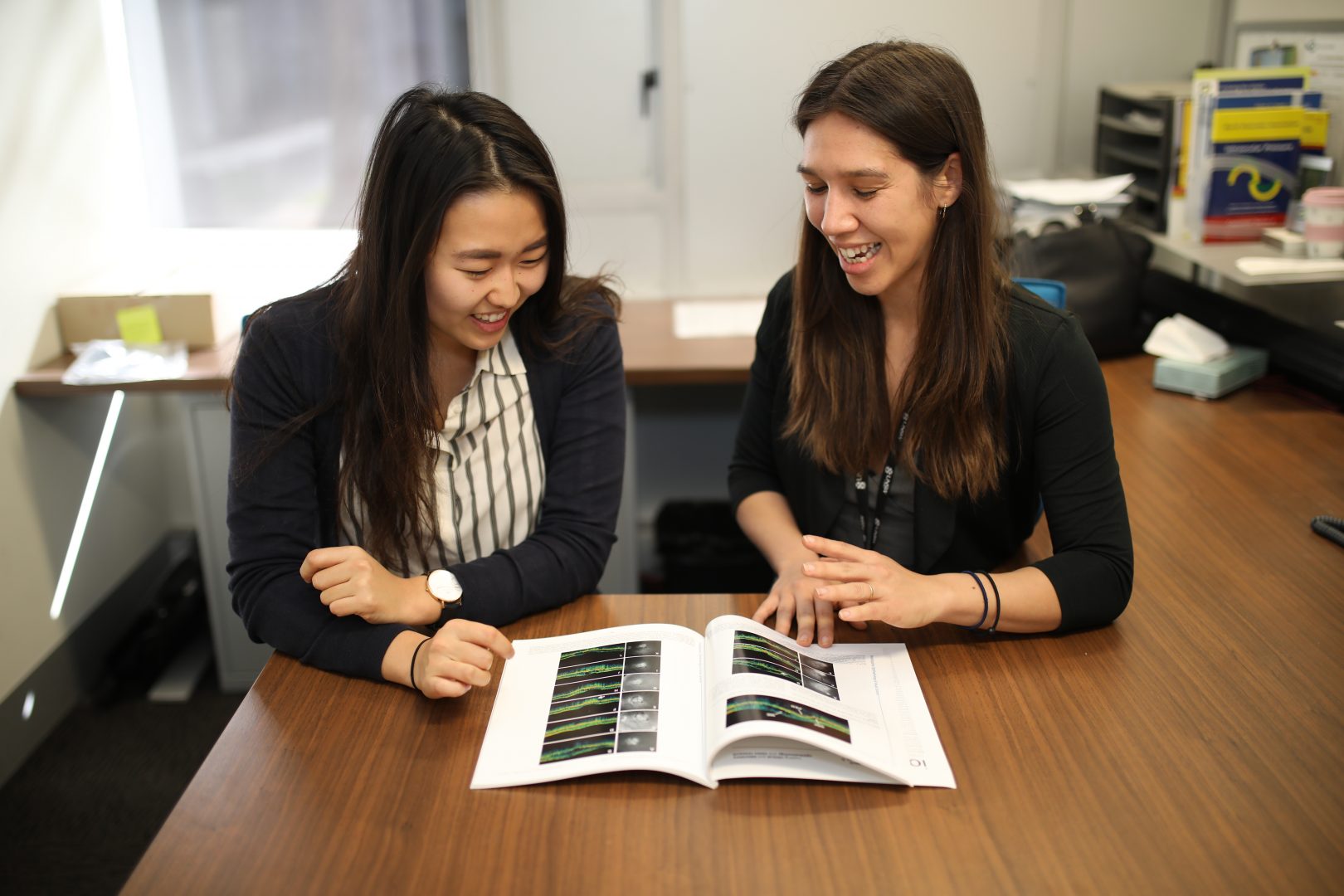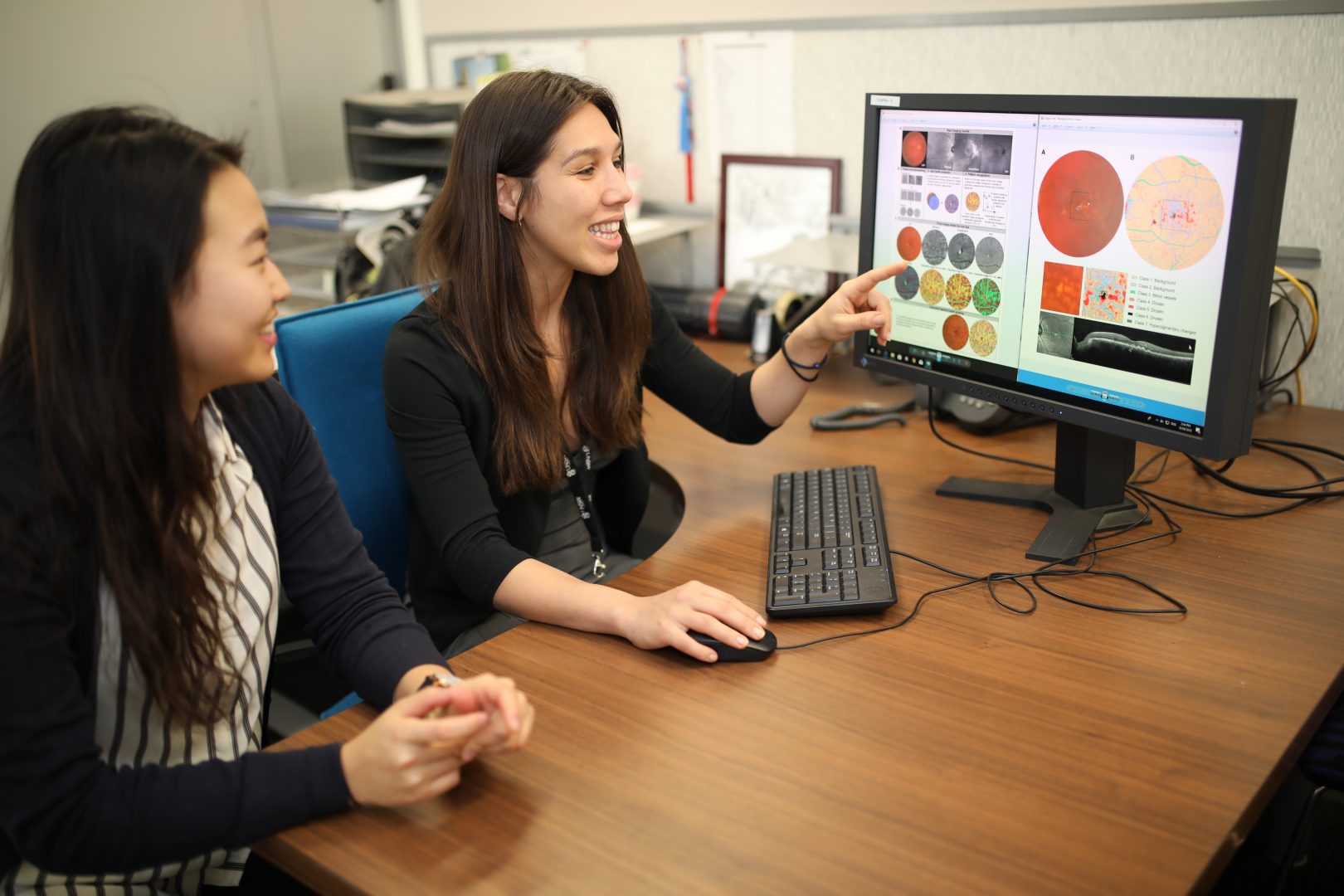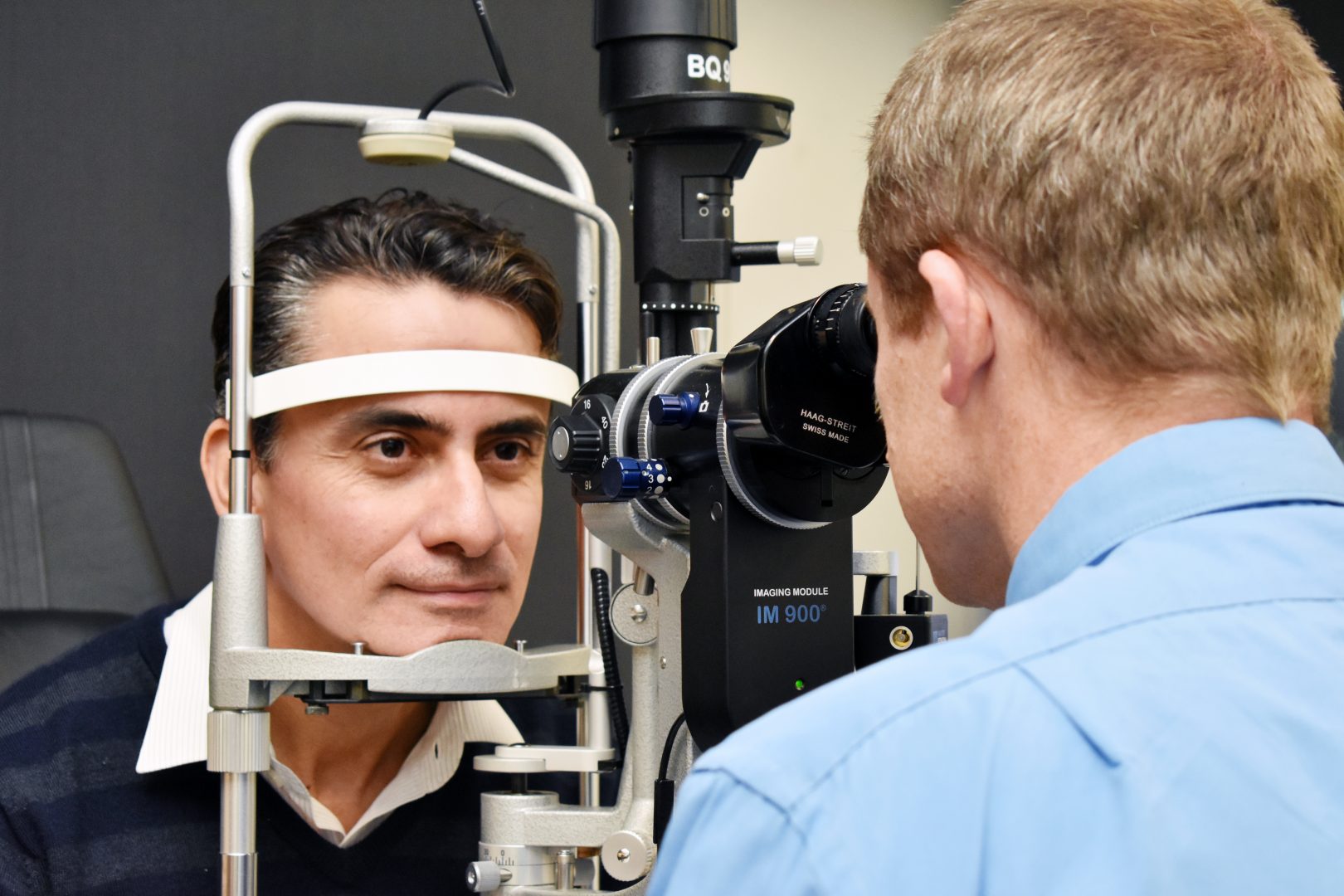
- Refer a Patient
- Referral Types
- Patient Information
- Overview of CFEH Clinics
- CFEH Instrument List
- Our clinical team
- Causes of Vision Loss
- Patient Forms


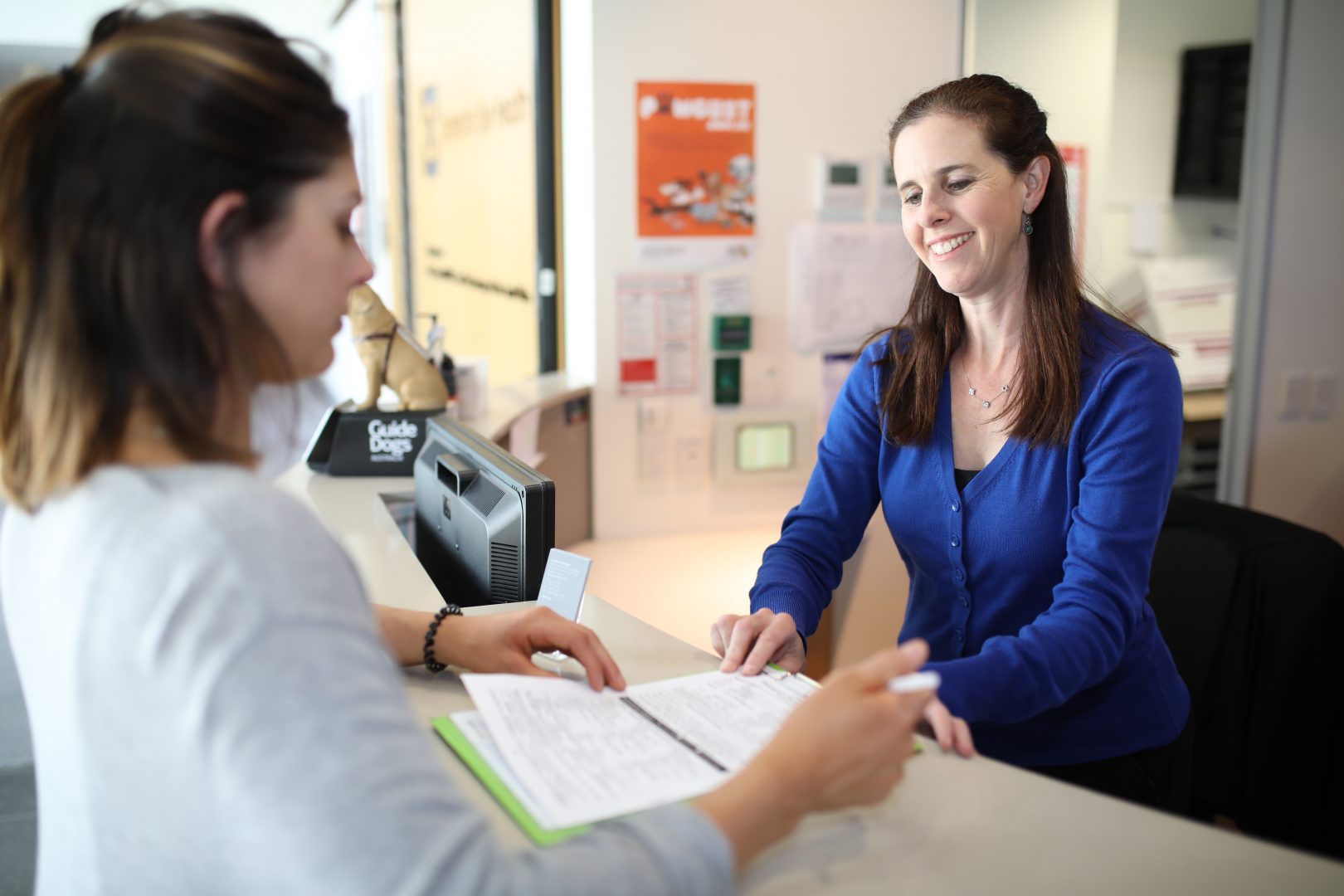



When you’re experiencing vision loss, it’s normal to feel a loss of independence when it comes to mobility and transportation. For some, driving may have been your primary mode of transportation, and a vision loss diagnosis could mean that you’re no longer able to drive. Or you may find it hard to adjust to using transportation after a change in vision. When using public transport with low vision, it is important to plan ahead so that your journey goes as smoothly as possible. Here are some strategies and tips to prepare for your journey and to help you to navigate public transport safely.
Tips and strategies for preparing to use public transport
- Plan your journey in advance. Transport NSW and Transport ACT have online trip planners that can help you to find the best route to your destination. You can also change your search preferences to the fastest route or the route with the fewest changes to make it more suitable for you and your needs
- Check departure times and connections before leaving home, allowing yourself ample time to board your bus and ensure a smooth journey
- Prepare your essentials. Make sure you have everything you need for your journey, such as your Opal card or ticket. Keep these items easily accessible in your bag or pocket to streamline the boarding process
- Ask for assistance from staff members. If you’re getting the train, staff can help you to navigate the station, board the vehicle, locate facilities, and contact other staff on the network to assist you with getting off the train if needed. If you’re getting the bus, you may want to let the bus driver know that you’re visually impaired so that they can let you know when the bus arrives at your stop
- Use public transport apps like Opal Travel and Moovit. These apps provide real-time updates on your journey, including information about stops and connections, and delays or disruptions on your trip. Moovit, in particular, is accessible with screenreaders like VoiceOver and TalkBack, making it easier for users with low vision to navigate
Orientation and Mobility training
Orientation and Mobility training is a set of skills and techniques that allow people with visual impairments to navigate their way around their environment safely and with confidence. This training can help you feel confident with using public transport, like using the train or bus to get to work or to do grocery shopping. See here for more information regarding Orientation and Mobility training.
For more information
- Check out our transport and navigation app recommendations
- Learn about Orientation and Mobility
- Always speak to your GP and eyecare professional about the best treatment options for you



